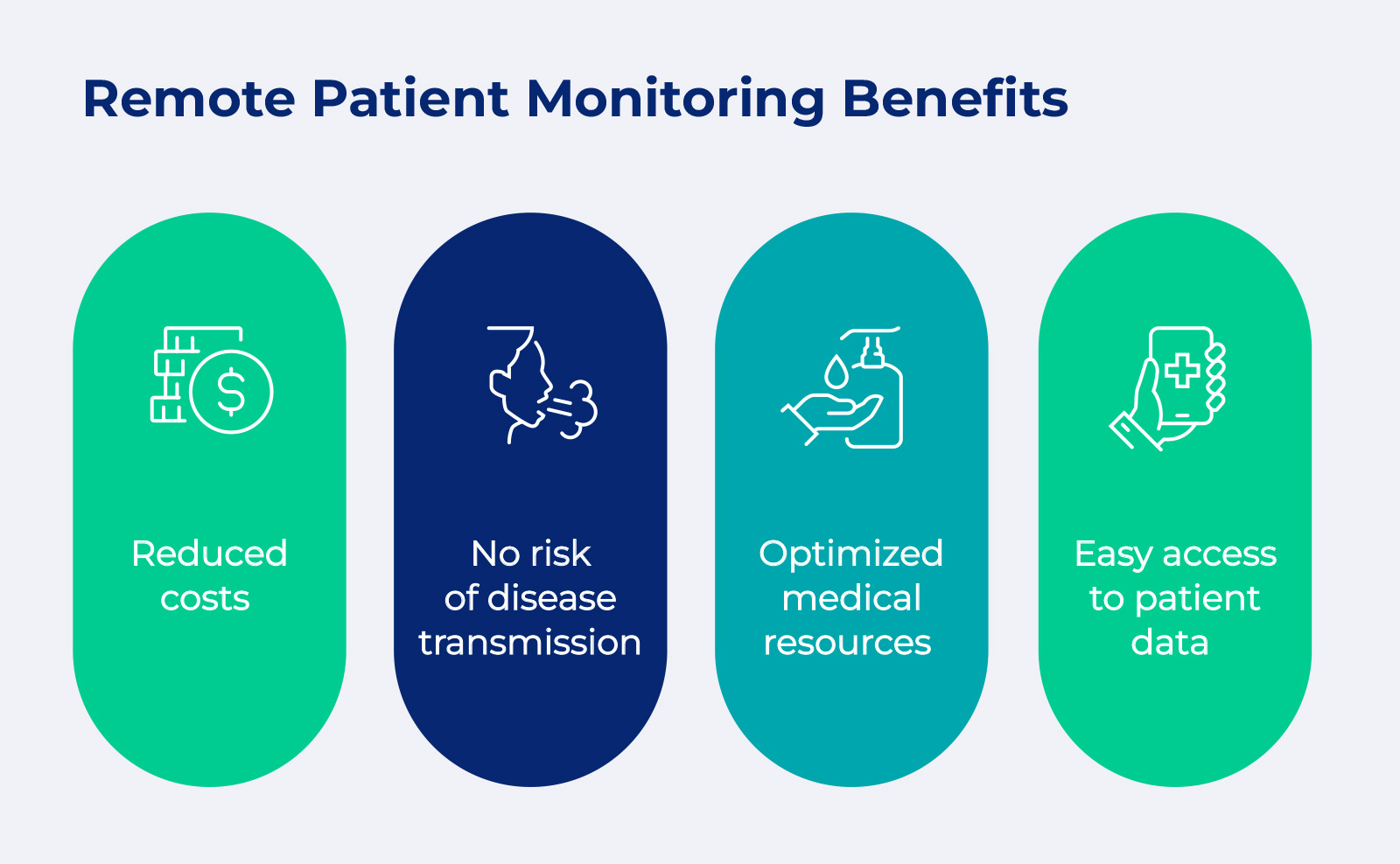The Benefits of Remote Patient Monitoring
Remote patient monitoring (RPM) has emerged as a game-changing technology in the healthcare industry. It allows healthcare providers to monitor patients outside of traditional clinical settings, leveraging advanced technology to collect and analyze patient data. In this article, we will explore the numerous benefits of remote patient monitoring and how it is revolutionizing healthcare delivery.
Enhanced Patient Care and Safety
One of the key advantages of remote patient monitoring is the ability to provide enhanced patient care and safety. By continuously monitoring patients’ vital signs, such as heart rate, blood pressure, and oxygen levels, healthcare providers can detect any abnormalities or early warning signs. This enables timely interventions, preventing potential complications and improving patient outcomes.
Improved Access to Healthcare
Remote patient monitoring eliminates geographical barriers and improves access to healthcare, particularly for individuals living in remote areas or those with limited mobility. Patients can receive high-quality care from the comfort of their homes, reducing the need for frequent hospital visits. This not only saves time and money but also reduces the burden on healthcare facilities.
Early Detection and Prevention of Diseases
With remote patient monitoring, healthcare providers can proactively detect and prevent diseases. By continuously monitoring patients’ health data, patterns and trends can be identified, allowing for early detection of potential health issues. This enables healthcare professionals to intervene promptly, implement preventive measures, and reduce the risk of complications.
Cost-Effective Healthcare
Remote patient monitoring has the potential to significantly reduce healthcare costs. Minimizing hospital readmissions, preventing complications, and enabling early interventions, helps in reducing the overall healthcare expenditure. Additionally, remote monitoring can lead to efficient resource allocation, as healthcare providers can prioritize patients based on their needs, resulting in optimized healthcare delivery.
Improved Patient Engagement and Empowerment
Remote patient monitoring empowers patients to actively participate in their healthcare. By providing patients with real-time access to their health data, they become more engaged in managing their conditions. This increased involvement leads to better adherence to treatment plans, lifestyle modifications, and overall improved patient outcomes.
Enhanced Communication and Collaboration
Remote patient monitoring facilitates seamless communication and collaboration between patients and healthcare providers. Through secure online platforms, patients can easily share their health data, symptoms, and concerns with their healthcare team. This enables timely feedback, adjustments to treatment plans, and personalized care, ultimately improving the patient-provider relationship.

Remote patient monitoring is transforming healthcare by providing numerous benefits to both patients and healthcare providers. From enhanced patient care and safety to improved access, early detection, cost-effectiveness, patient engagement, and collaboration, RPM is revolutionizing the way healthcare is delivered. Embracing this technology has the potential to improve patient outcomes, reduce healthcare costs, and ultimately create a more patient-centered healthcare system.
Frequently Asked Questions
1. What is remote patient monitoring?
Remote patient monitoring is a healthcare technology that allows healthcare providers to monitor patients’ health remotely using various devices and sensors.
2. How does remote patient monitoring benefit patients?
Remote patient monitoring provides patients with the convenience of receiving healthcare services from the comfort of their own homes, reducing the need for frequent hospital visits.
3. What are the advantages of remote patient monitoring for healthcare providers?
Remote patient monitoring enables healthcare providers to continuously monitor patients’ health conditions, detect potential issues early, and provide timely interventions, leading to improved patient outcomes.
4. Does remote patient monitoring improve patient engagement?
Yes, remote patient monitoring encourages patients to actively participate in their healthcare by allowing them to track their vital signs and symptoms regularly, leading to increased engagement and better self-management.
5. Can remote patient monitoring reduce healthcare costs?
Yes, remote patient monitoring has the potential to reduce healthcare costs by minimizing hospital readmissions, preventing complications, and optimizing resource utilization.
6. What types of health conditions can be monitored remotely?
Remote patient monitoring can be used for various health conditions, such as chronic diseases (diabetes, hypertension), post-operative care, cardiac conditions, and respiratory disorders.
7. Is remote patient monitoring secure?
Yes, remote patient monitoring systems prioritize patient privacy and data security. They comply with stringent regulations and use encryption and authentication measures to protect patient information.
8. Can remote patient monitoring improve medication adherence?
Yes, remote patient monitoring can help improve medication adherence by sending reminders to patients for taking their medications on time and tracking their compliance.
9to Does patient monitoring enhance early detection of health issues?
Yes, remote patient monitoring allows healthcare providers to monitor patients’ vital signs and symptoms continuously, enabling early detection of any deviations from normal ranges and prompt intervention.
10. How can remote patient monitoring improve access to healthcare?
Remote patient monitoring eliminates geographical barriers and enables patients in remote or underserved areas to receive quality healthcare services without the need for physical travel.




